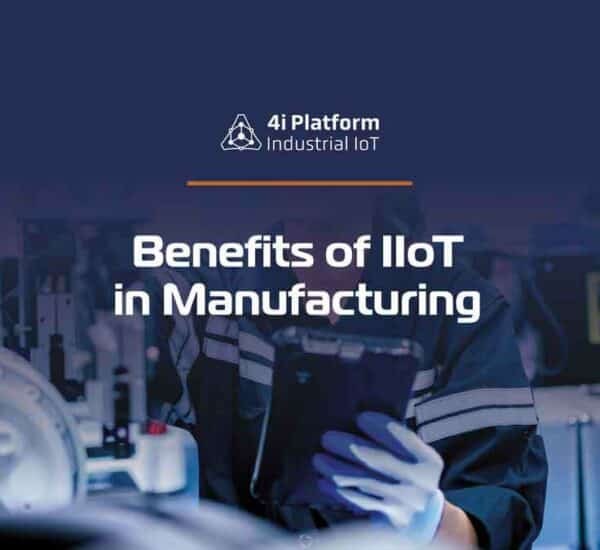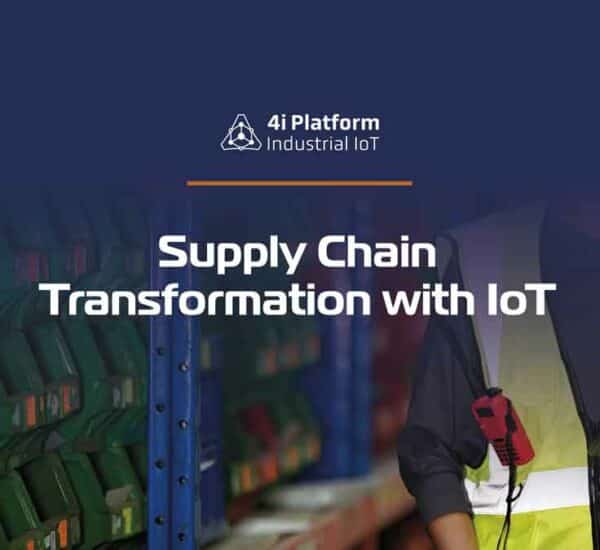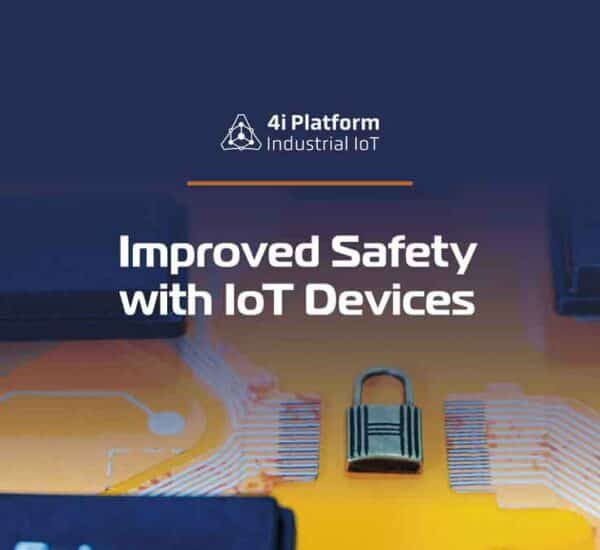The Industrial Internet of Things (IIoT) is here to stay. Many heavy business companies in fields, such as engineering, mining, oil & gas and manufacturing are accelerating their adoption of digital transformation travels due to the new global events.
The barriers to adopting IIoT technology have also fallen dramatically in the past decade. Historical challenges to implementing IIoT solutions included pricey elements to add network connectivity, difficulty aggregating data from disparate data streams and lack of centralized database or dashboard.
Today, businesses can have the opportunity to adapt and maintain operational excellence in volatile times through digital transformation. The current global crisis is accelerating cloud and the usage of data in increasingly sophisticated ways to give visibility and certainty into operations.
Smarter Data-driven Choices
Adoption of analytics is said to be one of the greatest drivers of digital transformation, as businesses seek greater data-driven insights. Data acts as a source of fact that helps teams focus on the critical factors that determine business durability. There has also been a fundamental shift in mindset. Businesses are acutely aware that they must become more resilient by using technology
IIoT offers organizations a powerful framework for operational continuity, enabling customers of all levels and experiences to access the critical information they need to do their jobs successfully.
Companies are utilizing IIoT to their advantage to securely connect & gather data from varied remote assets, channelling information to advanced operational applications and closing the loop by feeding vital business applications.
This assists with enabling optimization, asset management, enhanced analytics & modelling/simulation, thus, providing and improving business efficiency.
This has been particularly true for the industrial industry, for instance, where IIoT has had a significant impact in five key areas such as:
Real-time operational information is utilized to understand what is happening in real-time and enables the condition management of asset and operations lifecycles. For example, a dashboard displaying the vibration frequency of a rotating asset, such as a turbine during operation, provides a real-time understanding of the asset operational behaviour and state.
Historical operational information helps one to understand what has happened in the past to create intelligence around the operational behaviour of assets. Through operational tendencies, display of KPIs and dashboards, an individual can create abstracted views of operational states.
For example, a graph may be displayed on a dashboard showing the telescope’s past vibration frequency during operation. This can be compared to the real-time vibration frequency, creating intellect on the asset’s long-term operational tendencies.
Predictive analytics is utilized for what-if type modelling. Integrating up real-time and historical data enables one’s team to assess potential results of operational states and behaviours, even accounting for tertiary variables.
Deterministic or non-deterministic versions can then be applied for open-loop simulation and predictive analytics. For example, one can now estimate how long a piece of equipment can run before it takes inspection or is called to fail.
Prescriptive analytics clarifies what is needed to maximize asset and operations lifecycles. Scenario-based guidance is created and delivered via learning elements and closed-loop algorithms to enable one’s team to calibrate planning and scheduling across the entire enterprise value chain.
For example, utilizing a unified supply chain design, scenario-based calculations can be used to optimize maintenance programs and performance, reducing the impact on the operations.
Enhanced safety: A combination of connected IoT apparatus, Augmented & Virtual Reality technologies give real-time operating procedures and key messages into operations personnel, reducing human error for performing specific tasks. Operators are also supplied with information about the location of existing hazards by superimposing them within the operator’s location.
IoT is Rapidly Growing
Industrial organizations will continue to evolve how they handle and current data at the plant level, and people who make sensible decisions to ensure flexibility & expansibility will unlock unlimited potential in existing & expanding data.
If one’s organization does not have a strategy in place for digital transformation, the all-important first step is to perform a pilot project and crucial steps include:
Define an Operational Architecture (OA) – A secret to success is to think big and start small
Choose an initial underlying system to supply state-of-the-art user interface and data platform — What one selects today will undoubtedly evolve over the years: in this case starting now and changing later is infinitely better than waiting for the next generation
Tackle small projects that prove the concept of important demands — User interface, sharing plant and business data across the enterprise — real-world use cases. Keep in mind that it’s still early in the fourth industrial revolution and items will probably change faster than we can cope with.
Consumer electronics will continue to drive and accelerate the pace of change in human-machine interaction, and vendors will be making decisions about which ones they will embrace or leave behind.
Industrial organizations need to use their vendors to ensure they get technology to help them make the transitions needed as engineering and the workforce continues to change.
Building Resilience from Inside
COVID-19 has significantly curtailed global and local mobility, leaving the global economy to face the possibility of a sharp recession. This has put businesses under enormous strain in 2020. To help navigate the challenge, digital transformation can provide the data-driven insights required to adapt & overcome.
IIoT offers organizations a powerful framework for operational continuity. Enabling customers of all levels and experience to access the critical information they need to do their jobs successfully. IIoT devices also empower workforces with the digital services they need, such as equipment utilization, condition management and more.
IIoT offers innovative ways to monitor and manage objects in the physical world, particularly as enormous streams of data offer companies’ better avenues for decision making. The outcomes? More uptime, more efficiency and a more engaged & empowered workforce because of the access they have into a unified stream of insightful intellect, at a time when it has never been more important to contextualize data and information that drive actionable insights.
Digital transformation is enabling companies to enhance their capabilities, increase their reach and yields across their asset & operations value chains.
The use of IIoT through real-time online monitoring and analytics has had a profound impact by improving reaction times to potential issues and minimizing possible damage to the surroundings, which has ultimately resulted in the avoidance of expensive unscheduled shutdowns while enhancing profits. IIoT has made a vast difference to the efficiency of the business and simply place, it is here to stay for the foreseeable future.





